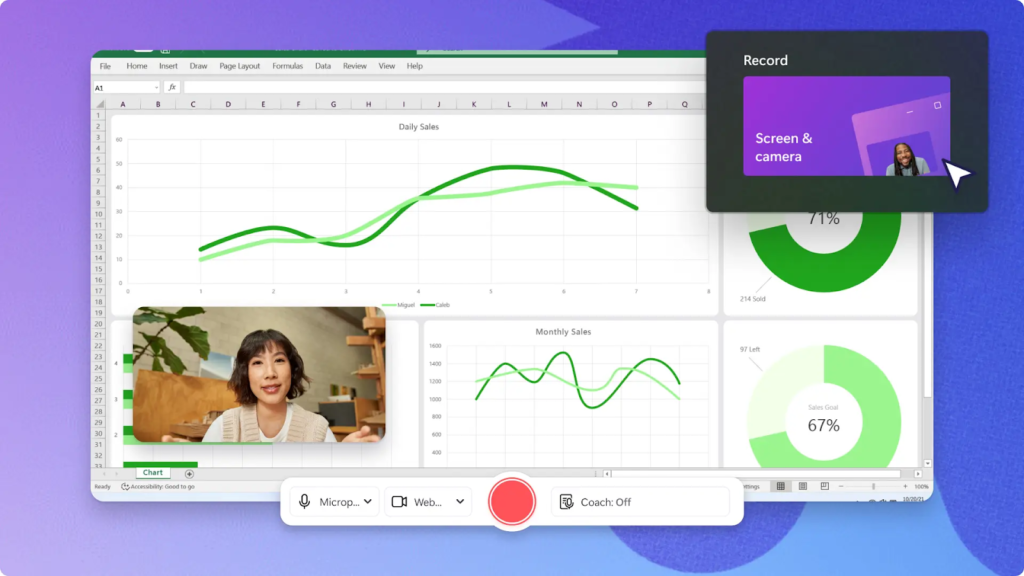There was a time when downloading bulky software was the only way to record your screen. Whether it was for tutorials, meetings, or gaming content, screen recording came with installation time, system updates, and compatibility headaches. Fast forward to today, and online screen recorder is stealing the spotlight and for good reason.
So, why is this shift happening? Let’s explore.
No Installations, No Hassle
Traditional screen recording software often comes with installation steps, system requirements, and occasional crashes. It might even slow down your computer or conflict with other programs.
Online screen recorder, on the other hand, are web-based. You just open a browser, press “Record,” and you’re good to go. No downloads. No setup. No clutter.
This ease of access makes them perfect for people who want something quick, especially students, marketers, or remote workers who don’t want to deal with software updates every other week.
Cross-Device Compatibility
Ever tried using traditional software across different devices? You might have to buy separate versions for Windows, Mac, or even mobile. That’s not just inconvenient—it’s expensive.
Online screen recorder work directly from the browser, which means they can be used across multiple platforms without extra installations. Whether you’re on a desktop at work or using a tablet at home, the experience stays the same.
Instant Cloud Storage & Sharing
One of the standout features screen recorder is instant cloud integration. Many platforms automatically upload your recordings to the cloud, so you don’t have to save giant files on your hard drive.
Want to share a video with a colleague or client? Just send them the link. It’s that simple.
Traditional screen recorder often require manual saving and then uploading to platforms like Google Drive, YouTube, or Dropbox. That’s a lot of extra steps when time matters.
Built for Simplicity
Most online screen recorder are designed with the average user in mind. The interface is simple: choose your recording area, press record, stop, and download or share.
There’s no need to mess with technical settings like bitrate, encoding formats, or frame rates unless you want to. For users who just need something that works, this is a game-changer.
Constantly Updated Without User Effort
Software needs maintenance. Traditional screen recorders rely on user-initiated updates, and if you skip them, you may run into bugs or compatibility issues.
With online screen recorders, updates happen in the background automatically. You always have access to the latest version, without lifting a finger.
Perfect for Remote Work & Education
With the rise of remote jobs and online learning, the need for lightweight, shareable, and reliable screen recording has skyrocketed. Online screen recorders meet this demand by offering fast, shareable solutions without needing IT support.
Teachers recording lectures, teams sharing presentations, or freelancers creating tutorials all benefit from a tool that just works on any browser.
Conclusion
Online screen recorders aren’t just a trend they’re a reflection of how users want simpler, faster, and more flexible tools. While traditional screen recorders still have their place, especially for power users or advanced editing needs, the future favors lightweight, browser-based solutions.
If you haven’t tried an online screen recorder yet, now might be the perfect time to explore this easy alternative. Who knows? You might never go back to installing software again.

